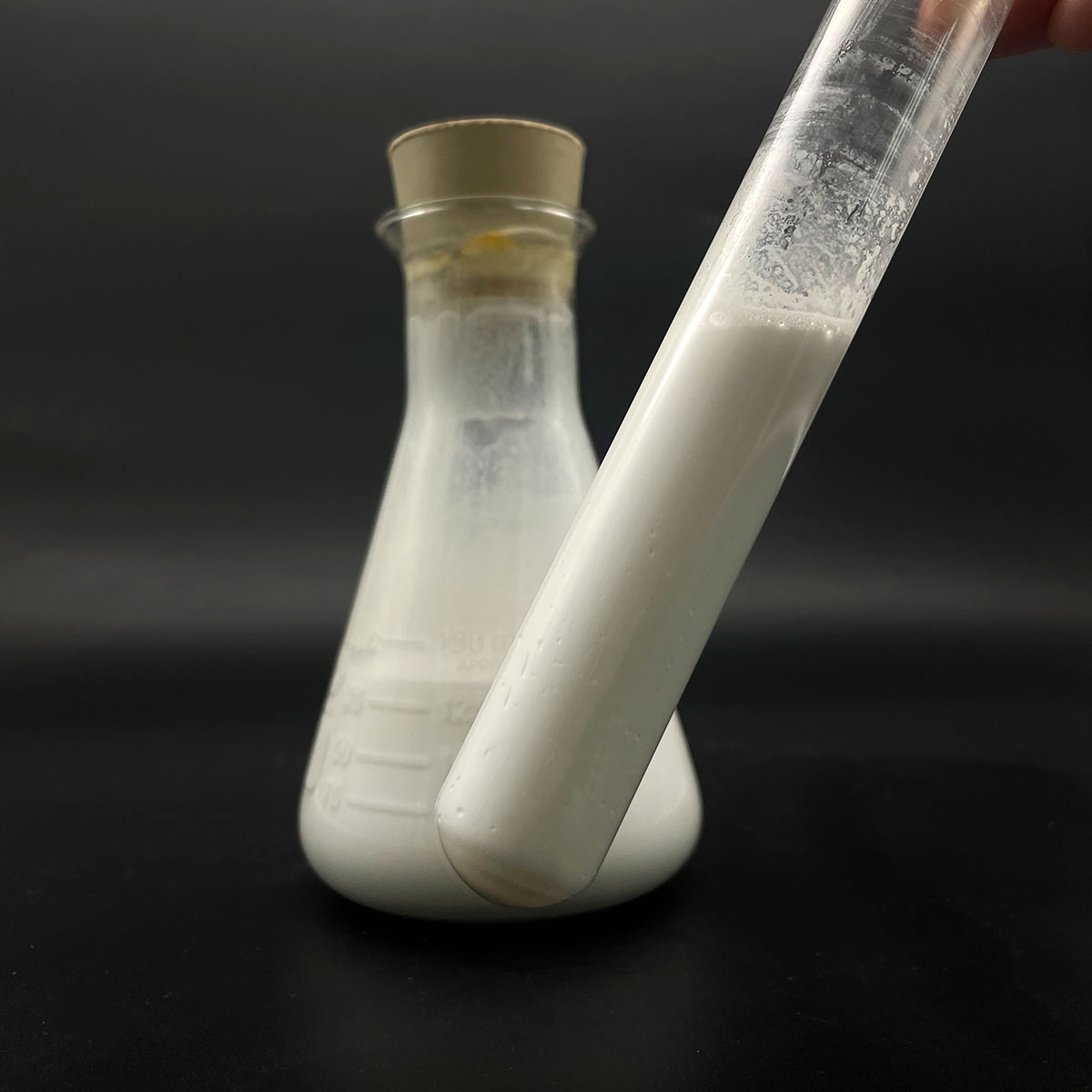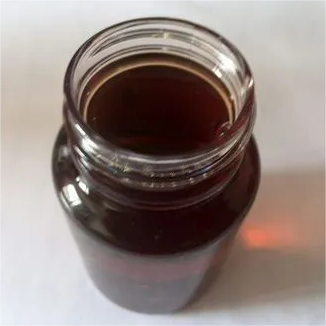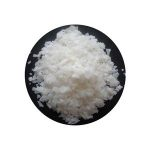1. Introduction
Just 24 hours ago, the U.S. Environmental Protection Agency (EPA) announced a new initiative to support ‘smart herbicide’ technologies that reduce chemical runoff while maximizing crop protection—a move that puts agricultural surfactants like sodium lauryl sulfate back in the spotlight. As farmers seek more sustainable and efficient weed control, SLS is emerging as a key player in next-generation herbicide formulations.

While most consumers know sodium lauryl sulfate (also called sodium dodecyl sulfate or SLS sodium lauryl sulfate) from shampoos and toothpaste, its role as a surfactant for herbicides is far less publicized—but equally vital. In agriculture, this anionic surfactant helps herbicides stick, spread, and penetrate plant surfaces more effectively.
2. Why Surfactants Matter in Weed Control
The meaning of surfactant boils down to one core function: reducing surface tension. Water alone beads up on waxy plant leaves, limiting herbicide contact. A surfactant for weed killer breaks that barrier, acting as a lawn wetting agent that ensures even coverage.
Without a proper surfactant, even the strongest herbicide can fail. That’s why products like Roundup often require additives—especially when used on tough, drought-resistant weeds with thick cuticles.
3. Sodium Lauryl Sulfate in Agricultural Formulations

Sodium lauryl sulfate (or na lauryl sulfate, natrium lauryl sulfate, sls sulfate) is prized in agrochemical blends for its strong wetting and foaming properties. It’s classified as an anionic surfactant, meaning it carries a negative charge that helps it bind to plant surfaces and disperse active ingredients evenly.
Compared to non ionic surfactant options like polysorbate 80, Span80, or ethoxylated alcohol, SLS offers faster spreading but can be harsher on sensitive crops. That’s why it’s often blended with milder co-surfactants like coco betaine (also known as cocamidopropyl betaine, amidopropyl betaine, or coco amido propyl betaine) to balance performance and phytotoxicity.
4. How SLS Stacks Up Against Other Surfactants
- Methylated seed oil: Excellent penetration enhancer but slower to spread; often used in dry conditions.
- Alkyl polyglucoside and decyl glucoside: Bio surfactants derived from sugar and coconut oil—eco-friendly but less effective on mature weeds.
- Ammonium lauryl sulfate (or ammonium dodecyl sulfate): Similar to SLS but slightly less stable in hard water.
- Sodium lauryl ether sulfate (also called sodium lauryl ether sulphate, sls sodium laureth sulfate, laureth sulphate): More soluble and milder than SLS, commonly used in shampoos but less common in herbicides due to cost.
Unlike cationic surfactant types such as cetyl trimethyl ammonium bromide (CTAB) or cetyltrimethylammonium bromide—which can deactivate certain herbicides—SLS is compatible with most glyphosate and 2,4-D formulations.

5. Real-World Use: Mixing SLS for Field Applications
Farmers typically use 1–2 teaspoons of sodium lauryl sulfate for sale per gallon of water when tank-mixing herbicides. This small amount dramatically improves droplet adhesion and reduces runoff—critical for both efficacy and environmental compliance.
However, overuse can cause leaf burn. That’s why many commercial blends combine SLS with amphoteric surfactants like sodium lauroyl methyl isethionate or nonionic surfactant types such as Pluronic 127 (poloxamer 188) to buffer its aggressiveness.
6. Safety, Sustainability, and the Future
Though effective, SLS isn’t without concerns. It’s biodegradable but can be toxic to aquatic life if it enters waterways—prompting some growers to switch to bio surfactants like sodium cocoyl glutamate or lignin sulfonate.
Still, its low cost, high performance, and compatibility keep it in demand. Companies like Rohit Surfactants Private Limited now offer agricultural-grade SLS with purity certifications tailored for herbicide use.
Emerging research is also exploring hybrid systems: pairing SLS with fluoro surfactant or sodium deoxycholate for ultra-low-volume spraying in drone-based precision agriculture—a trend accelerating since the EPA’s latest guidance.
7. Conclusion
Sodium lauryl sulfate may be best known for lathering your shampoo, but in the fields, it’s quietly revolutionizing weed control. As a powerful, affordable, and versatile anionic surfactant, it bridges the gap between efficacy and practicality in modern herbicide systems. While alternatives like coco glucoside and sodium coco sulfate gain traction, SLS remains a workhorse—especially when blended wisely with amphoteric or nonionic partners like cocamidopropyl or laureth compounds. For farmers balancing yield, cost, and sustainability, understanding surfactant chemistry isn’t just helpful—it’s essential.
Our Website founded on October 17, 2012, is a high-tech enterprise committed to the research and development, production, processing, sales and technical services of ceramic relative materials such as Sodium. Our products includes but not limited to Boron Carbide Ceramic Products, Boron Nitride Ceramic Products, Silicon Carbide Ceramic Products, Silicon Nitride Ceramic Products, Zirconium Dioxide Ceramic Products, etc. If you are interested, please feel free to contact us.


